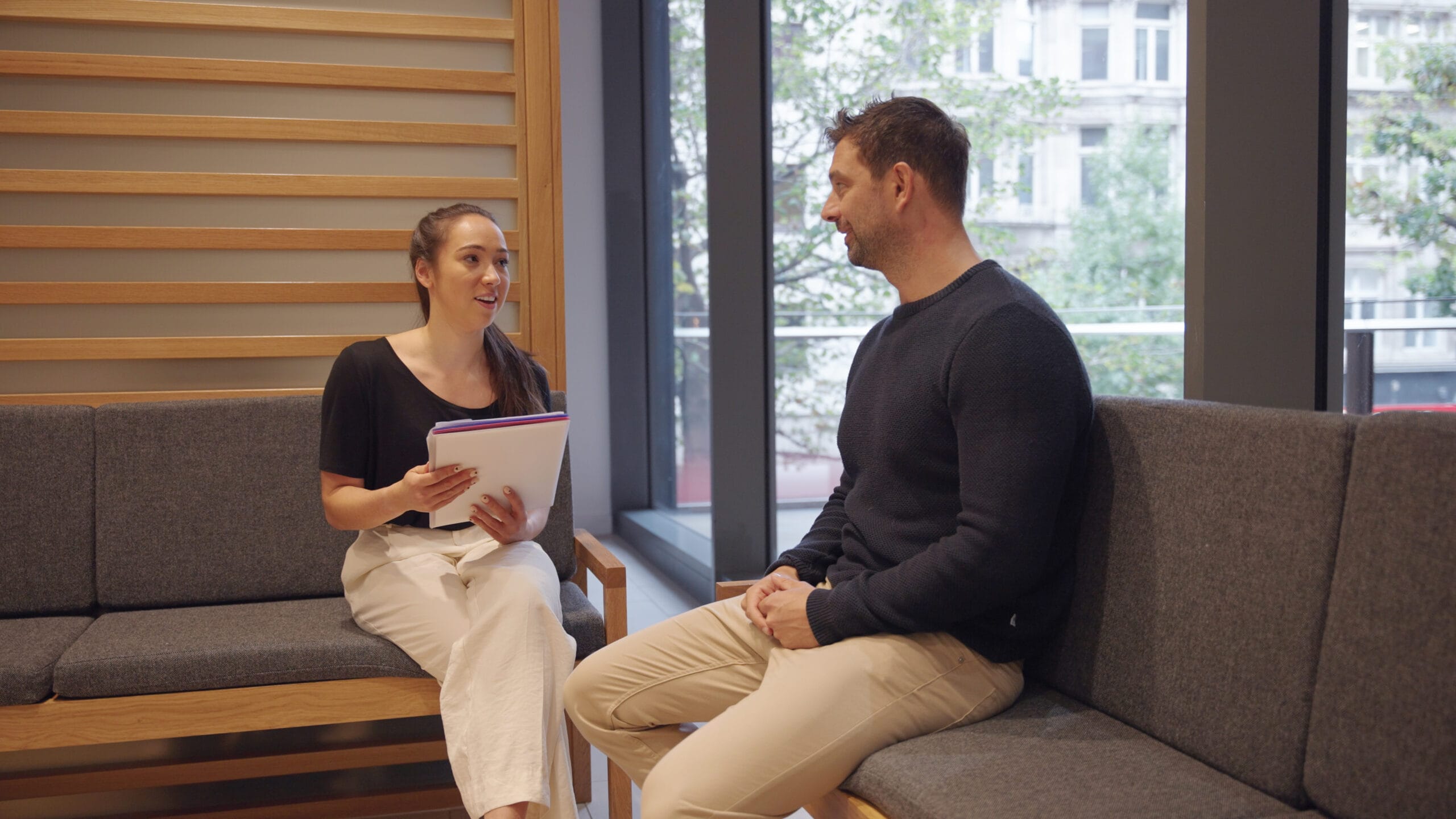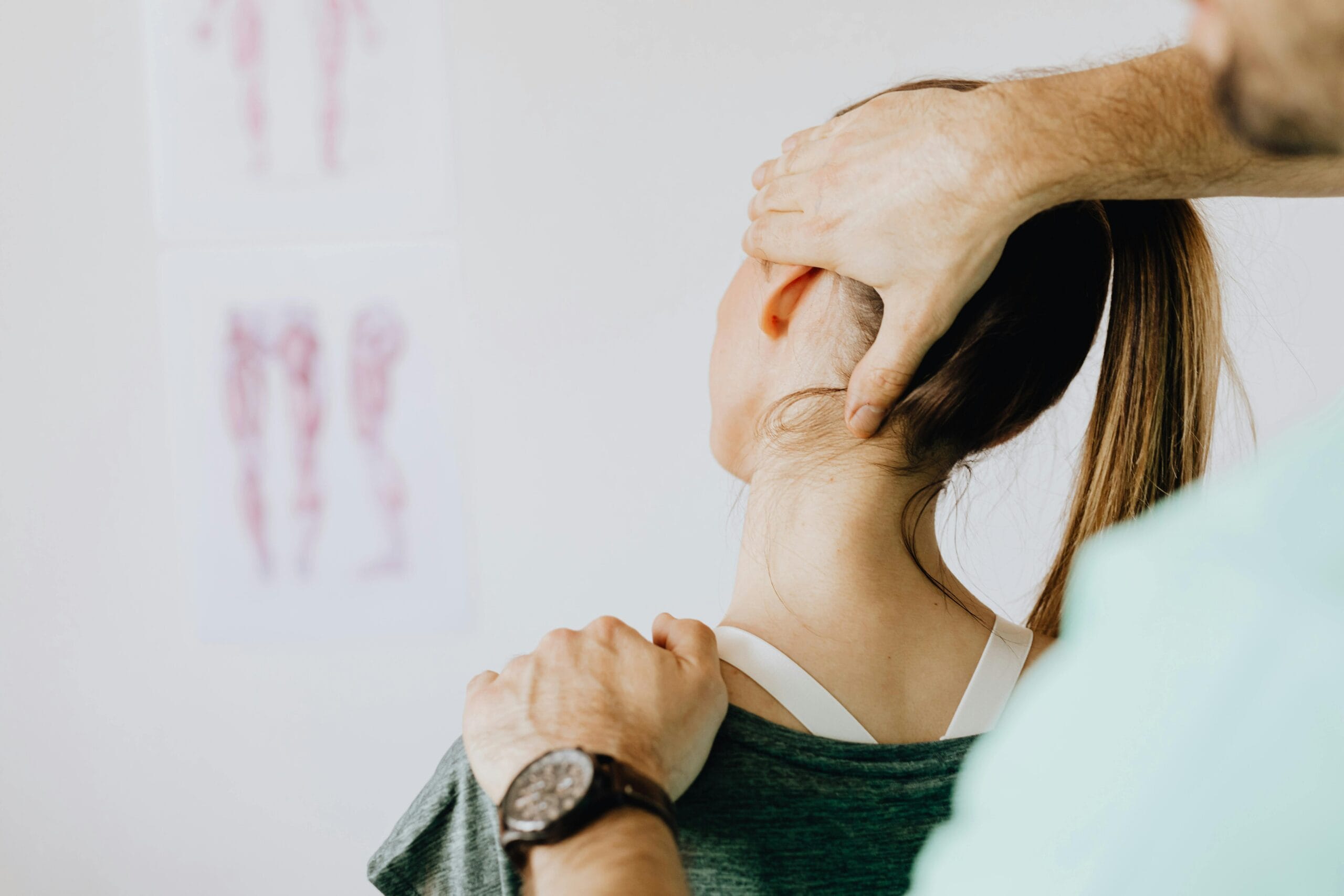The 5th International Conference on Concussion in Sport: What’s New?

Claire Small
Chief Clinical Officer & Consultant Physiotherapist
- 24 May, 2017
- Physiotherapy
- Concussion Clinic
- 4 min read
The 5th International Conference on Concussion in Sport: What’s New?
The end of April saw the consensus statement for the 5th international conference on concussion in sport held in Berlin, October 2016. This can be downloaded for free on the BJSM website, but for those who don’t have time to read through the whole document, we’ll go over the highlights of the first half of the statement in this week’s concussion blog and the second half next time.
McCrory P, Meeuwisse W, Dvorak J, Aubry M, Bailes J, Broglio S, Cantu RC, Cassidy D, Echemendia RJ, Castellani RJ, Davis GA, Ellenbogen R, Emery C, Engebretsen L, Feddermann-Demont N, Giza CC, Guskiewicz KM, Herring S, Iverson GL, Johnston KM, Kissick J, Kutcher J, Leddy JJ, Maddocks D, Makdissi M, Manley GT, McCrea M, Meehan WP, Nagahiro S, Patricios J, Putukian M, Schneider KJ, Sills A, Tator CH, Turner M, Vos PE. Consensus statement on concussion in the 5th international conference on concussion in sport held in Berlin, October 2016. Br J Sports Med. 2017 Apr 26. pii: bjsports-2017-097699.
Definition
The authors have attempted to focus the definition of concussion and differentiate it from the seemingly interchangeable term of mild traumatic brain injury (mTBI). There is still no clarification as to whether they consider concussion to be on a scale of traumatic brain injury, as proposed by Sharp and Jenkins (2015) or whether it’s a separate entity.
Sport related concussion is a traumatic brain injury induced by biomechanical forces. Several common features that may be utilised clinically to define the nature of a concussive head injury include:
- Sports Related Concussion (SRC) may be caused either by a direct blow to the head, face, neck or elsewhere on the body with an impulsive force transmitted to the head.
- SRC typically results in the rapid onset of short-lived impairment of neurological function that resolves spontaneously. However, in some cases, signs and symptoms evolve over a number of minutes to hours.
- SRC may result in neuropathological changes, but the acute clinical signs and symptoms largely reflect a functional disturbance rather than a structural injury and, as such, no abnormality is seen on standard structural neuroimaging studies.
- SRC results in a range of clinical signs and symptoms that may or may not involve loss of consciousness. Resolution of the clinical and cognitive features typically follows a sequential course. However, in some cases, symptoms may be prolonged.
- The clinical signs and symptoms cannot be explained by drug, alcohol, or medication use, other injuries (such as cervical injuries, peripheral vestibular dysfunction, etc) or other comorbidities (eg, psychological factors or coexisting medical conditions).
Sideline evaluation
- Any neurological sign such as tonic posturing, balance disturbances and loss of consciousness warrants immediate removal from play
- Delayed onset of sports related concussion can occur and means that athletes should be consistently monitored over the coming days, even in the case of a negative initial assessment
- The identification of concussion is established using a ‘multidimensional testing guided by expert consensus
- The SCAT is the most well established NP test in concussion, but its utility drops off after around 3-5 days
- Additional testing methods may include reaction time, gait and balance assessment, video-observable analysis and vestibular-oculomotor signs.
Signs and symptoms of acute SRC
The suspected diagnosis of SRC will include one or more of the following clinical signs:
- Symptoms: somatic (eg, headache), cognitive (eg, feeling like in a fog) and/or emotional symptoms (eg, lability)
- Physical signs (eg, loss of consciousness, amnesia, neurolog¬ical deficit)
- Balance impairment (eg, gait unsteadiness)
- Behavioural changes (eg, irritability)
- Cognitive impairment (eg, slowed reaction times)
- Sleep/wake disturbance (eg, somnolence, drowsiness)
It’s noted that while these are signs and symptoms of concussion, they are also possible signs in other pathologies, so their presence simply prompts further investigation rather than confirms a diagnosis.
Removal
There isn’t much new here. Removal advice starts with the assessment of catastrophic injury in the presence of a health care professional and the immediate referral to hospital in the eventuality that no health care professional is available for assessment.
Once the athlete is ruled not at risk of catastrophic injury, they should then be assessed for concussion using the SCAT 5 or another sideline assessment tool. This is also where clinical judgment comes in to aid your diagnosis.
There is also a reminder that any athlete suspected of concussion, as well as being removed from play, should be monitored for symptoms over the preceding hours and days.
Re-evaluate
Re-evaluation of SRC includes:
• Assessment of cranial nerves, ocular function, the vestibular system, balance, gait, mental status, cognitive function and sleep/wake disturbance.
• Assessment of athlete deterioration
• Establishing the need for emergency brain imaging
Neuropsychological (NP) tests used to assess cognitive function can be used to assist clinical decision making and are an important component of the Return To Play protocol.
NP tests can not be used as the sole tool for clinical decision making; however, they form a useful part of a basket of tests used to diagnose concussion, as mentioned above.
Interestingly, baseline tests are recommended but not considered mandatory. The report stated the baseline or preseason tests aid the clinical decision making and interpretation of post injury tests. In the absence of post injury NP tests, a more conservative return to play process should be undertaken.
Return to play is recommended when NP tests are asymptomatic,c but it is not possible to know what an athlete’s ‘normal’ is unless a baseline test has been undertaken.
Investigations
There is now some evidence to demonstrate that advanced imaging techniques may be used in the identification of structural and functional changes in the brain following concussion. These imaging techniques have also been found to correlate with deficits found on NP testing.
The assessment of concussion using fluid biomarkers (saliva, blood, urine) is being studied, but at present, there is no evidence for its clinical application. There is also interest in these tests as well as genetics findings as prognostic biomarkers for recovery following concussion. Markers that accurately reflect the level of neuronal, glial and axonal damage are of particular interest in predicting the duration of injury and the potential of cumulative effects of repeated impacts.
Conclusion
So, in the first half of the 2017 Concussion in Sport Group consensus statement, we have learnt that the diagnosis of concussion is linked to a brain injury only, although other structures such as the cranial nerves, vestibular and oculomotor system should be assessed. A number of symptoms exist following a concussion, and these should now be assessed using the SCAT 5 (also available as a free download). Finally, there is emerging but not yet clinically applicable evidence for the use of biomarkers in the assessment of concussion, including, maybe the ability to predict recovery time and chronic cognitive impairment.
Stay in touch:
Twitter @Theo_Farley
Email [email protected]
Book an appointment with Theo through the link or call our Kensington clinic.

Advice
Over the last 20+ years our experts have helped more than 100,000 patients, but we don’t stop there. We also like to share our knowledge and insight to help people lead healthier lives, and here you will find our extensive library of advice on a variety of topics to help you do the same.
OUR ADVICE HUBS See all Advice Hubs

